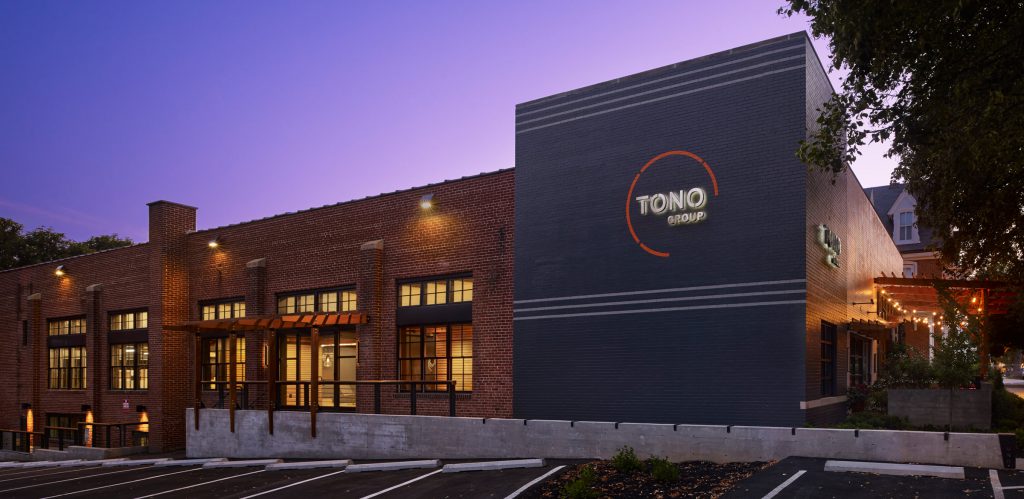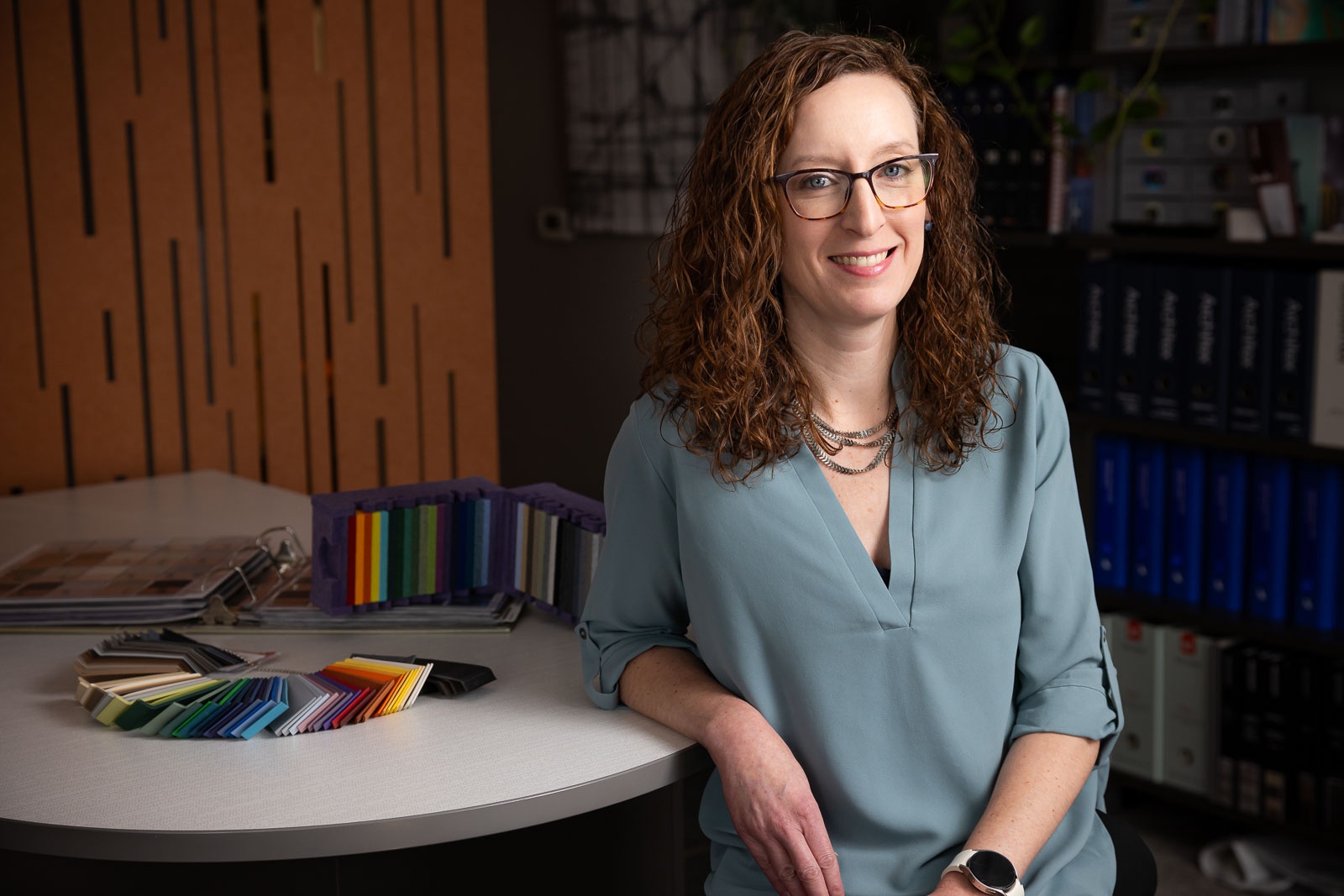
Meet Managing Director Sharlee Van Tine
WHO WE ARE. WHAT WE DO. HOW WE WORK.
My name is Sharlee Van Tine, AIA, LEED AP
I have worked at TONO Group since originally in October of 2005, then rejoined in November of 2015 after working for another firm local in West Chest for 5 years.
It is my job to oversee and strategically plan for TONO Group’s five companies, as well as maintain key relationships with our clients while facilitating their projects.
Something you will always find on my desk is my yearly planner, colored pens and snacks!
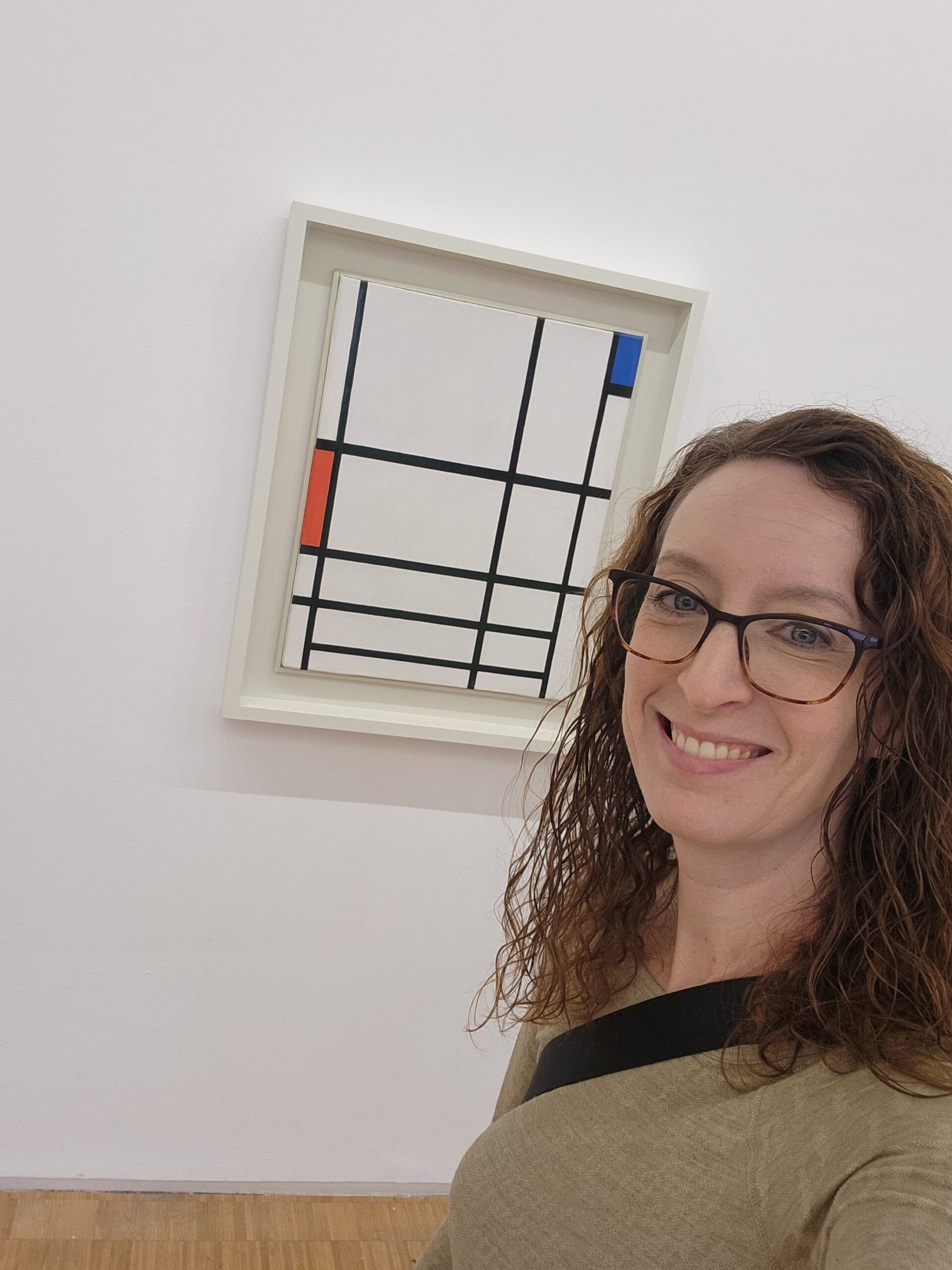
Something I have learned from a coworker is early is best, late is unacceptable.
What’s one part of your daily routine that you’ll never change?
Consistent sleep is highest on my list! I need the rejuvenation.
What is the best event/concert/show you’ve ever been to?
I recently had the opportunity to attend the Masters in Augusta. It was truly a “Disney Like” experience at a pinnacle event on the PGA Tour with the immaculate grounds, play-off golf and southern hospitality.
What’s your favorite hobby or past time when outside of the office?
Life outside of the office is spent as a Dance Mom, Soccer/Track Mom. I also volunteer at church and when I can take time off, I enjoy spending time in OBX and traveling to new places.
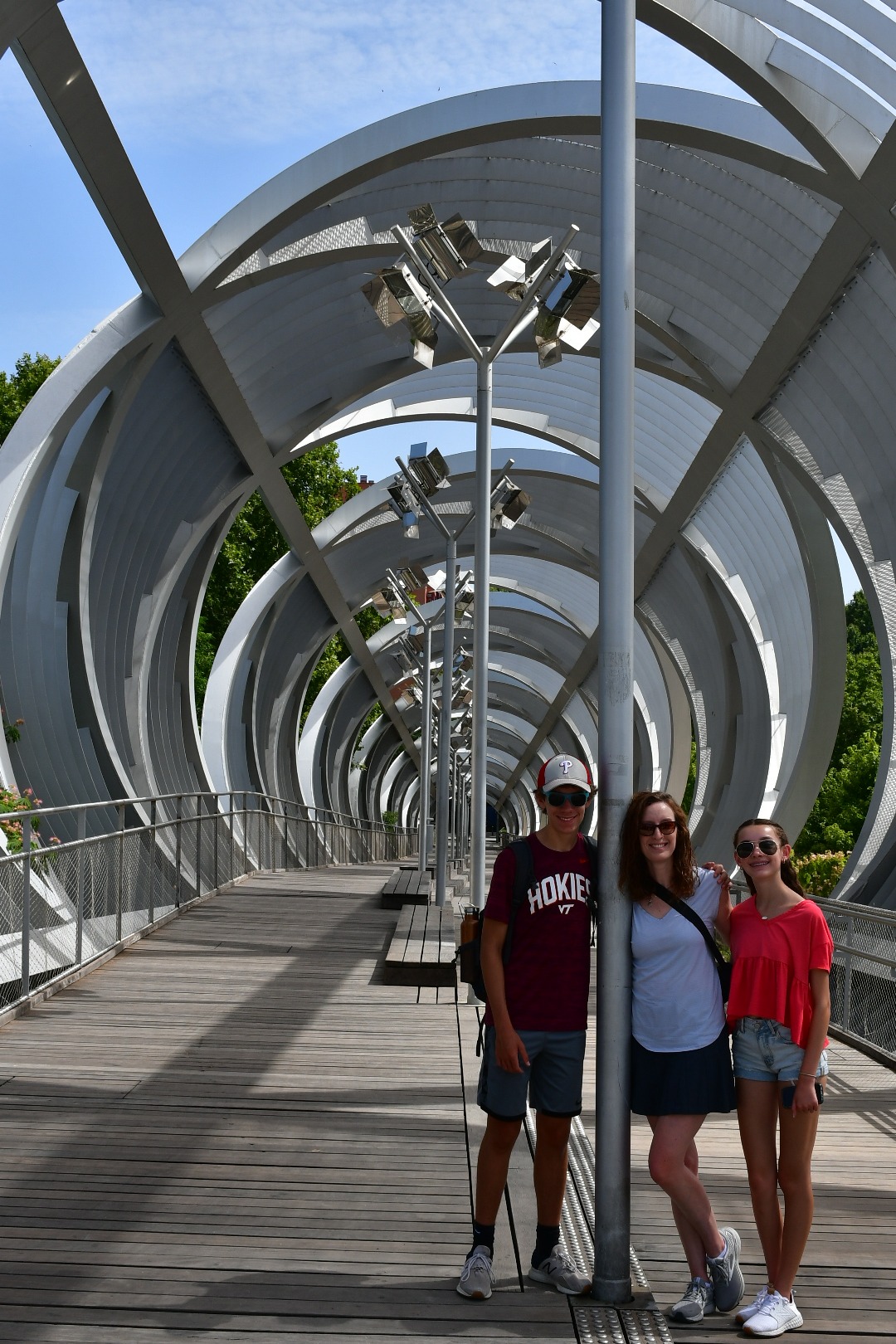
Do you have any hidden talents?
Hidden talents or obsessions? I really love car shopping!
What was your favorite project to work on at TONO Group and why?
One project that stands out to me is a small residential project I worked on in the West Chester Borough. The client truly trusted us; she brought her vision and then let us guide the process. The outcome was beautiful, and she was truly a joy to work with on her forever home.
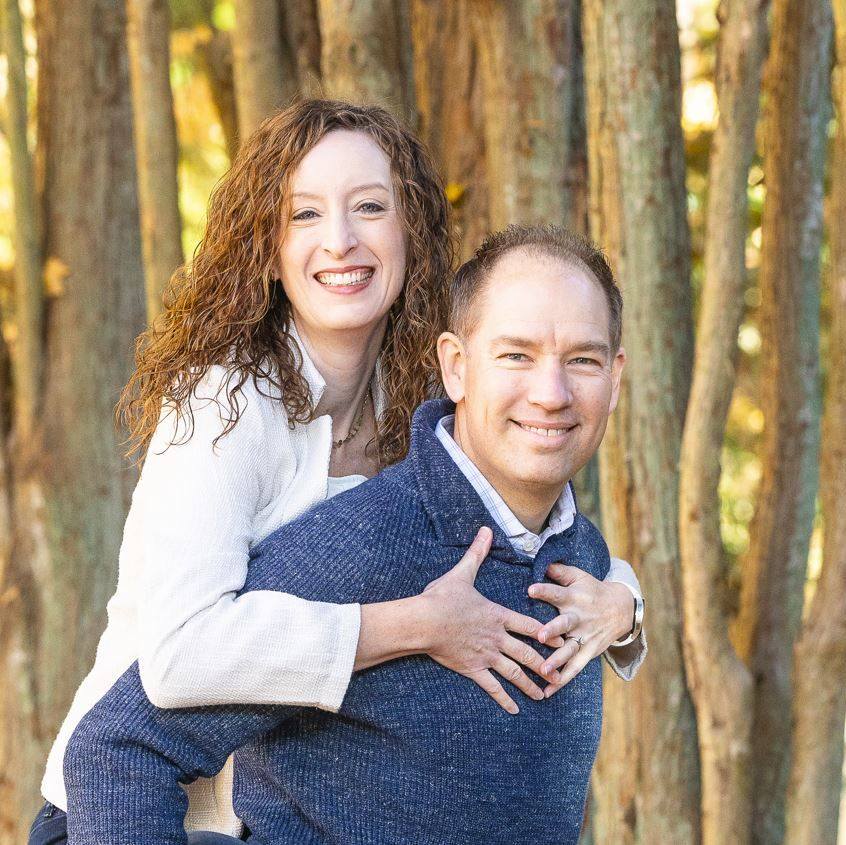
What is an achievement, inside or outside of work, that you are proud of?
My family. I have a truly supportive husband and two amazing kids. As my kids grow up, I love watching them come into their own and learn how to be good humans.
If you could pass on one bit of knowledge to someone who might not understand the work you do, what would you tell them?
The role of the architect is to design a project with our client’s vision and our knowledge of construction. At the end of the day, the project isn’t part of our daily life, it belongs to our clients. Their happiness and fascination with the space is my ultimate goal. That’s what makes my job fulfilling and meaningful.

